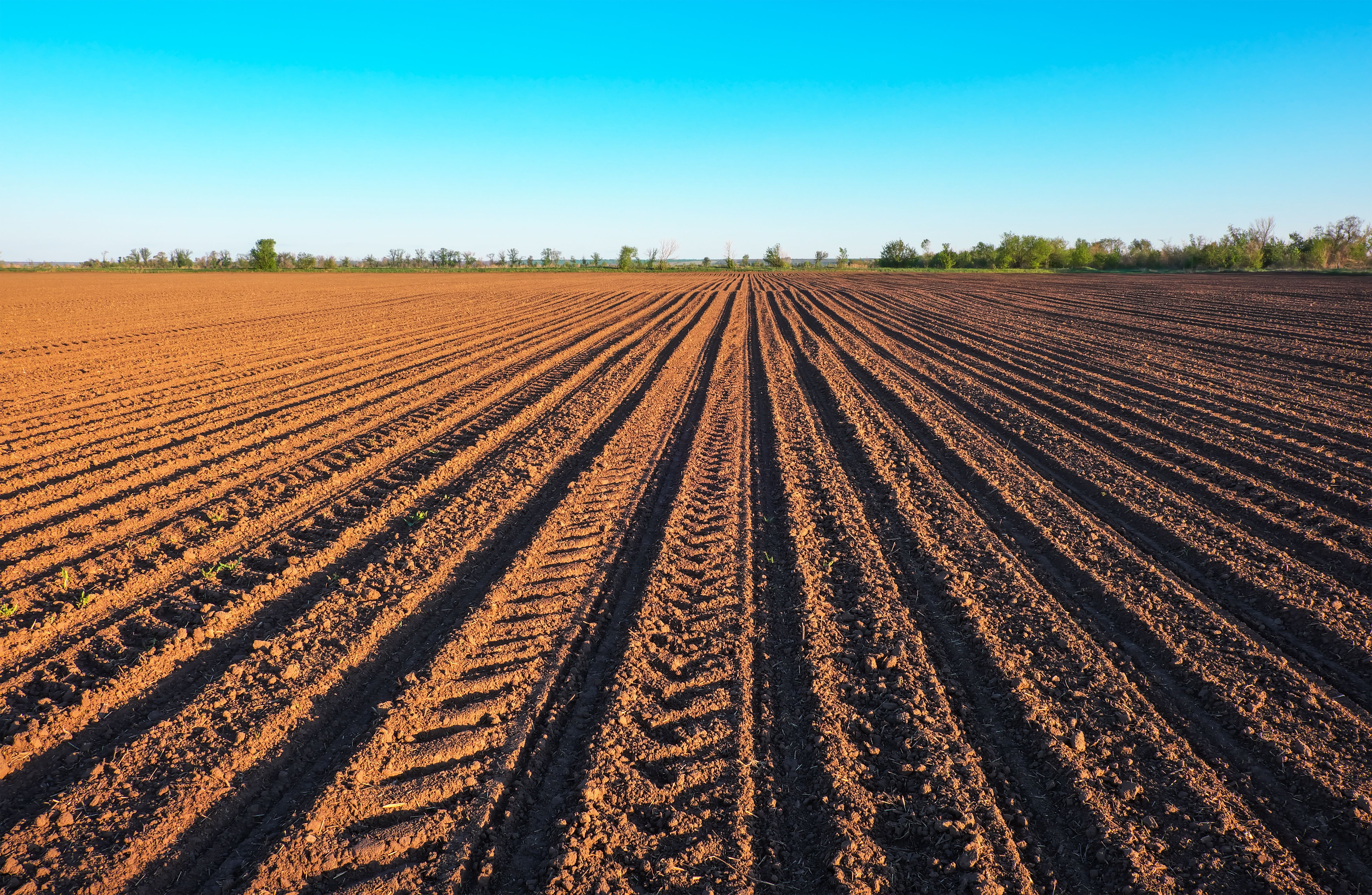Optimizing Sample Pretreatment Enhances Prediction Accuracy of Soil Properties Using Laser-Induced Breakdown Spectroscopy
By evaluating different pretreatment techniques, such as sieving and milling, the study highlights the significance of achieving sample homogeneity for precise analysis of soil texture and organic carbon content.
A recent study published in Spectrochimica Acta Part B: Atomic Spectroscopy, highlights the importance of sample homogeneity achieved through optimal pretreatment methods in improving the accuracy of soil property predictions using LIBS (1). As a rapid, environmentally friendly technique, LIBS is a popular analytical technique. Because of its strengths as a technique, LIBS can be used in various applications. The research team showed in their study that one of those applications is soil analysis.
Preparing field for planting. Plowed soil in spring time with blue sky. | Image Credit: © es0lex - stock.adobe.com

In this study, the researchers applied four pretreatments to 133 soil samples, including sieving at 2 mm, 200 μm, and 100 μm, as well as a milled pretreatment (1). Visual assessment was conducted to determine the quality of the soil pellet surfaces, with lackluster surfaces deemed unsuitable for LIBS measurements (1). The researchers then created partial least square regression (PLSR) models for each pretreatment to predict the soil properties, and interval partial least square regression (iPLSR) was used to evaluate potential improvements in prediction accuracy (1).
For LIBS to be used successfully, the research team had to guarantee sample uniformity to generate accurate predictions. By evaluating the effect of four different sample pretreatments on the pelletization of soil samples and the prediction of soil texture and soil organic carbon (SOC) content, the research team accomplished this objective.
The two multivariate regression methods used when analyzing LIBS data, PLSR and iPLSR, were key to this study, as these were used to compare the different pretreatments for each soil property. To rank the models for each soil property, the research team used the ratio of performance to interquartile distance (RPIQ). The 100 μm pretreatment yielded the highest number of good-surface pellets, followed by the 2 mm pretreatment, while the 200 μm and milled pretreatments showed comparable results (1). The milled pretreatment achieved the best model for predicting sand content, while the 2 mm pretreatment performed well for clay prediction (1). The 100 μm pretreatment demonstrated good results for silt prediction, and the milled pretreatment showed promise for SOC prediction (1).
Overall, the study found that the milled pretreatment led to a 31% reduction in the root mean square error of prediction (RMSEP) for sand content, a 23% reduction for SOC content, and an 11% reduction for silt content prediction (1). The 100 μm pretreatment also achieved a 15% reduction in RMSEP for silt content prediction (1). The research team found that PLSR outperformed iPLSR in predicting texture and SOC, with the exception of clay.
The findings underscore the significance of sample pretreatment involving sieving or milling in enhancing pellet surface quality and improving the accuracy of LIBS predictions for soil texture and SOC content. By optimizing sample pretreatment methods, researchers can enhance the efficiency and reliability of soil property analysis, facilitating better decision-making in various agricultural and environmental applications.
Reference
(1) Wangeci, A.; Aden, D.; Greve, M. H.; Knadel, M. Effect of sample pretreatment on pelletization and performance of laser-induced breakdown spectroscopy for predicting key soil properties. Spectrochimica Acta Part B: At. Spectrosc. 2023, 206, 106712. DOI: 10.1016/j.sab.2023.106712
Laser Ablation Molecular Isotopic Spectrometry: A New Dimension of LIBS
July 5th 2012Part of a new podcast series presented in collaboration with the Federation of Analytical Chemistry and Spectroscopy Societies (FACSS), in connection with SciX 2012 — the Great Scientific Exchange, the North American conference (39th Annual) of FACSS.
New Multi-Spectroscopic System Enhances Cultural Heritage Analysis
April 2nd 2025A new study published in Talanta introduces SYSPECTRAL, a portable multi-spectroscopic system that can conduct non-invasive, in situ chemical analysis of cultural heritage materials by integrating LIBS, LIF, Raman, and reflectance spectroscopy into a single compact device.